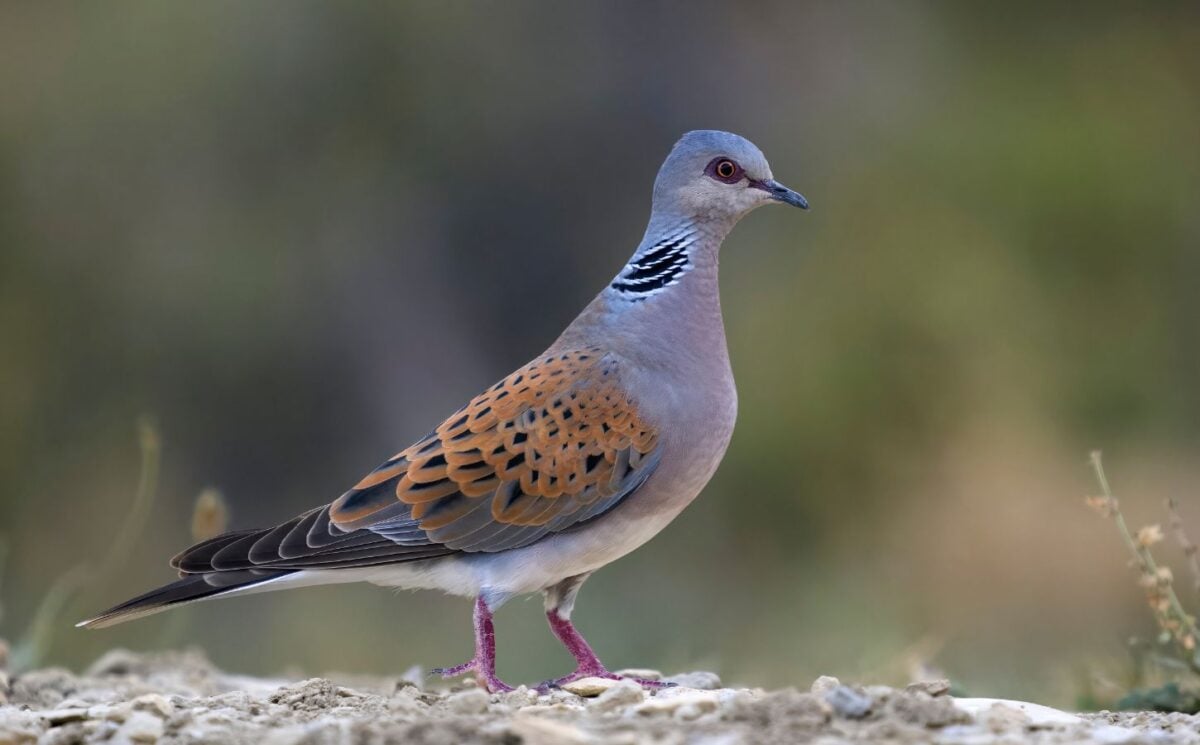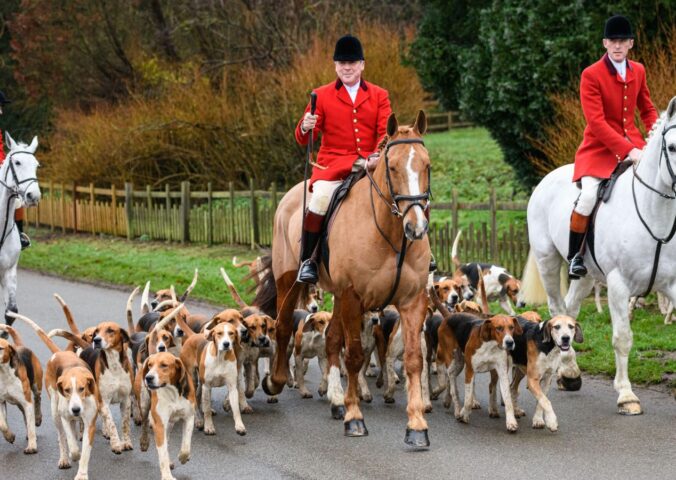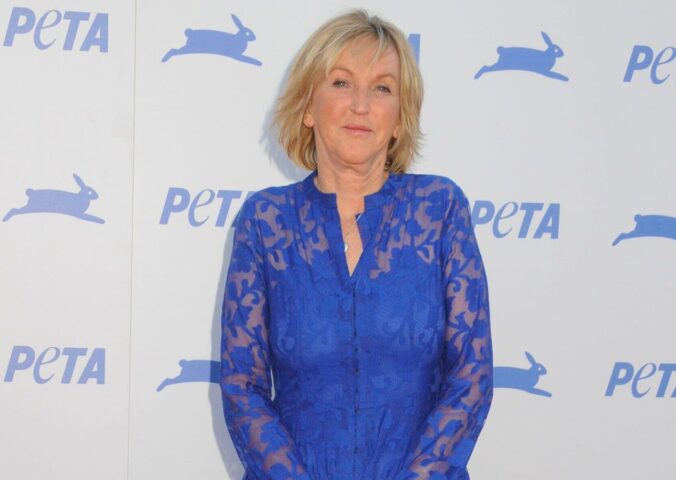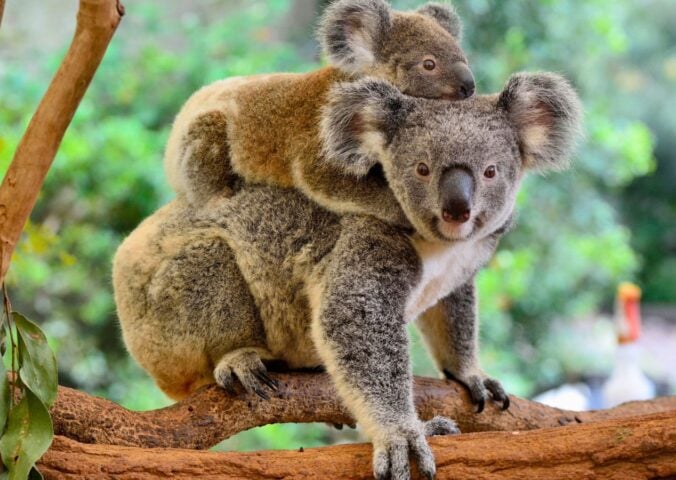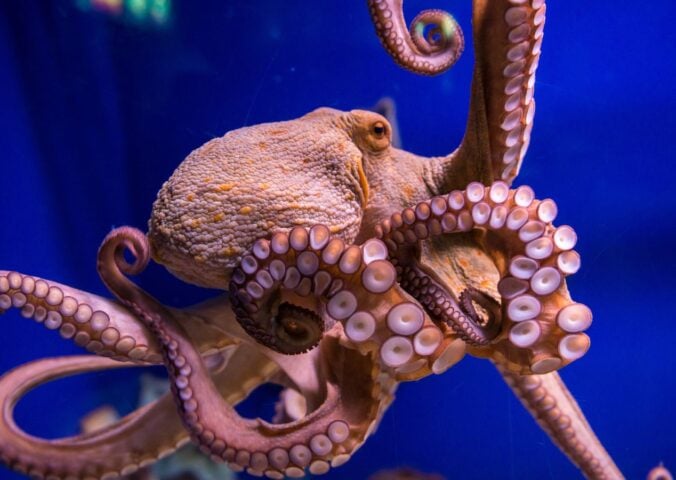All bird species in the UK are suffering from declining numbers, with a 16 percent drop since 1970, according to new data released by the Department for Environment, Food and Rural Affairs (Defra).
Read more: Window Collisions Deadlier For Birds Than Previously Thought, Study Finds
Habitat loss, pesticide use, climate breakdown, and more recently bird flu are the main culprits. The steepest declines occurred between 1970 and the early 1990s, with populations stabilizing a bit in the early 2010s. But all bird species declined by two percent across the UK between 2018 and 2023. England saw a sharper seven percent decline in that same period.
The new data indicates that the government’s legally-binding target to halt species decline in the UK by 2030 is far from being met. The previous Conservative government, which introduced the legislation in 2021, followed up with a commitment to protect 30 percent of British land and sea for nature by 2030. The Labour government has pledged to meet these targets.
Hardest hit species
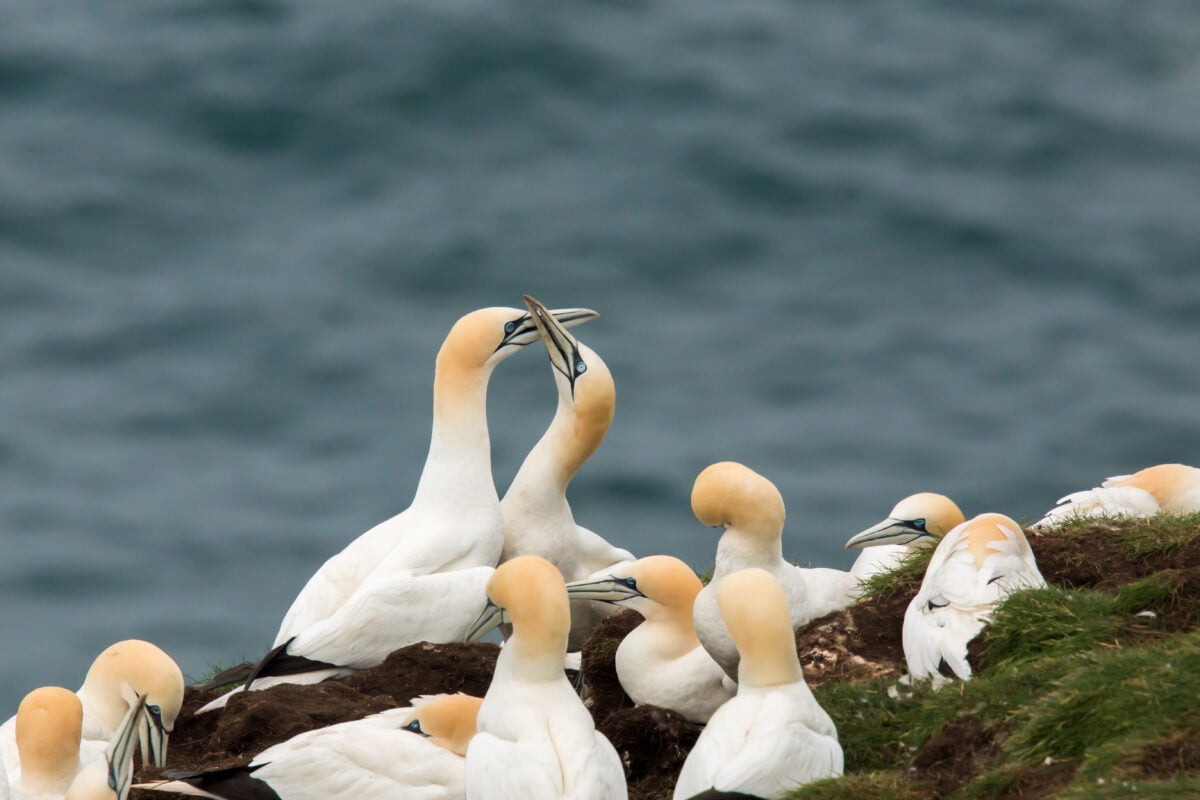
Farmland birds have suffered the biggest losses, having declined 61 percent since 1970 and nine percent since 2018, due to intensification of farming. Turtle doves, tree sparrows, and grey partridges have been particularly hard hit.
Read more: Scientists Create ‘Vaccine’ To Protect Bees From Pesticides
Woodland birds such as the willow tit and capercaillie have suffered population declines of 35 percent since 1970 and 10 percent since 2018.
A third of seabird species, including Arctic terns and gannets, have declined since 2018, in large part due to outbreaks of bird flu that have hammered colonies.
Read more: Wildlife Populations Have Plunged 73% In 50 Years
